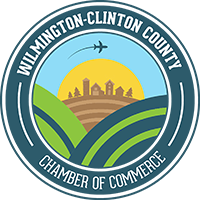Protecting Workers from Heat Stress
Each year hundreds of employees who are required to work in hot environments or outside in direct sun light suffer heat related illnesses. These may range from heat cramps to heat stroke. In serious cases exposure to hot temperature or heat can cause death.
There are precautions that should be taken anytime temperatures rise into the middle 80s and where physical labor is also required:
Know the symptoms of heat illnesses
Have employees gradually increase work loads
Designate a responsible manager or lead person to monitor work conditions
Have cool water or replacement fluids available for employees
Drink before you are thirsty and often
Ask employees to wear appropriate protective clothing
Sun hat
Light weight, light colored, loose fitting clothing
Sunglasses with UV protection
Sunscreen
Establish a Heat Illness Prevention Program
Provide employee training on the hazards leading to heat stress and how to prevent it:
Headache, dizziness or fainting
Weakness
Lack of perspiration, irritable or confusion
Thirst, nausea or vomiting
Elevated temperature at/or above 99 degrees
Know what to do if an employee suffers a Heat Related Illness
Call 911 immediately
Move employee, if possible to a cool/shaded area
Fan and mist employee with cool water and/or apply ice
Provide the employee with cool water if able to drink
Have someone stay with the employee until help arrives
Where possible modify work schedules and provide more frequent work breaks
Have employees get a good night’s rest
Summertime can pose serious risk to employees who work in hot environments or outside in direct sunlight. Employees who will be at risk will need to be protected. Put together a plan to prevent heat stress, train your employees, monitor weather conditions, and have emergency procedures in place. Last but not least have a great summer.
Remember Safety Has to be Proactive Not Reactive.
If you have any safety problems or need help with your safety program, please call me on my cell at 1-330-495-3437 or at my office at 1-330-854-4577.
